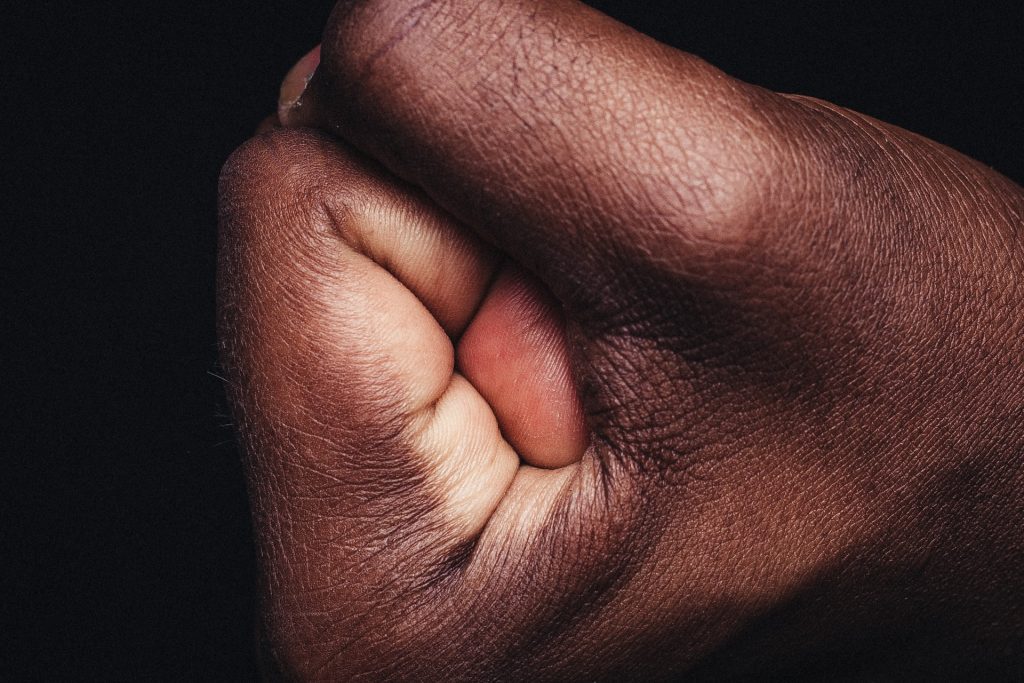
Melanoma is often detected later in people with darker skin complexions – and the consequences can be devastating, according to the results of a Mayo Clinic study published in the Journal of Surgical Oncology.
While melanoma may be found less frequently in people with darker complexions than fair ones, this aggressive form of skin cancer, accounting for 75% of all skin-cancer-related deaths, can strike anyone. The study, which consisted of 492 597 patients with melanoma, suggests that added vigilance in early screening is particularly needed for Black men, whose cancers are often found at later stages, leading to worse outcomes compared to white patients or Black women.
“We compared non-Hispanic Black patients to white patients and saw striking differences in how patients presented with the disease,” says surgical oncologist Tina Hieken, MD, senior author of the study and a researcher at Mayo Clinic Comprehensive Cancer Center. “We saw more extremity melanoma, and more later-stage disease.”
Extremity melanoma refers to skin cancer that can develop on the arms, legs, hands and feet. Various factors, including social risk factors and biological components, could be at play, but further research is needed to help determine why these differences exist.
Revealing differences in sex-based immune response
The research found that Black female patients with melanoma fared better than Black male patients. Men tended to be older at diagnosis and more likely to have cancer that had spread to their lymph nodes compared to women. This translated to worse survival rates: the five-year survival for Black men with stage 3 melanoma was only 42% chance, compared to 71% for Black women.
Most research on melanoma hasn’t focused on how race and sex affect outcomes and hasn’t looked at the influence of race and ethnicity across all groups. Dr Hieken says the study highlights the need to understand these differences better, noting that this is the first large study to confirm that sex-based differences in melanoma outcomes exist within the non-Hispanic Black population.
“When we talk about later-stage melanoma patients who are female versus male in that non-Hispanic Black patient cohort who ended up doing worse, some biological things may be going on here that are interesting,” says Dr Hieken.
One theory centres on variations in immune response.
“Several immune signals suggest that women may respond better to some immunotherapies than males,” says Dr Hieken.
Researchers note that more studies focused on melanoma in a broader range of people, including more Black participants in clinical trials, is key to bridging this knowledge gap and potentially identifying more effective treatments.
Healthcare professionals should screen carefully
Dr Hieken notes that this study is a wake-up call for everyone battling to diagnose and cure melanoma, regardless of the patient’s sex or skin tone.
She emphasises that healthcare professionals should carefully examine areas like palms, soles and under fingernails, where melanoma might be more challenging to spot on darker skin.
“We can incorporate screening for skin lesions or lesions under the nails into the visit for patients as part of their regular checkups,” says Dr Hieken. “What we want to do is elevate care for our patients.”
Source: Mayo Clinic

